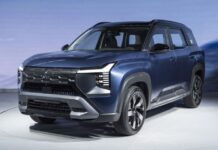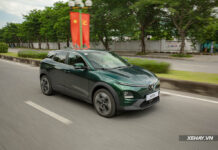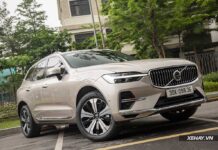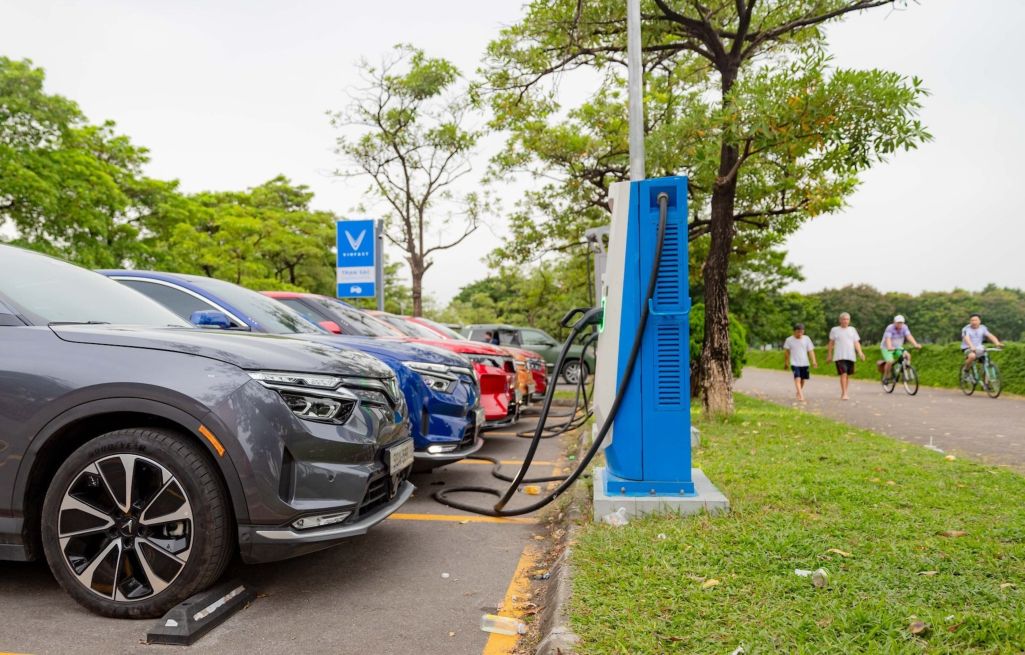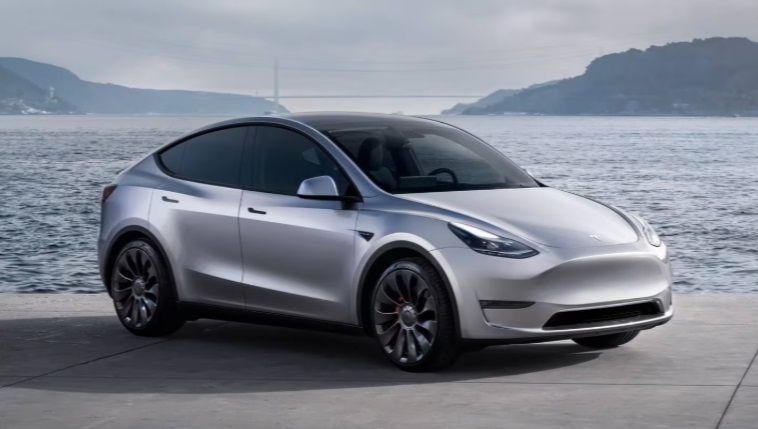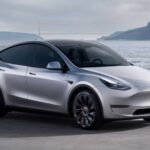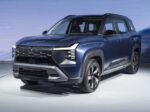Charging infrastructure remains a significant challenge for electric vehicle manufacturers, distributors, and consumers alike.
Europe, North America, and China are leading the way in electrifying their transportation sectors. Although ASEAN countries started slowly, they are now actively pursuing various policies and incentives to promote the adoption of electric vehicles (EVs), setting the foundation for exponential growth. Investments in charging infrastructure are also accelerating, reflecting countries’ commitment to global sustainability goals such as COP29, with Vietnam among the participants.
According to the roadmap for transport electrification in Decision No. 876/QD-TTg dated July 22, 2022, and the targets set in the “Action Program on Green Energy Transition, Carbon and Methane Emissions Reduction in the Transport Sector” approved by the Prime Minister, by 2030, at least 50% of vehicles in major cities must use electricity or green energy. By 2040, the production and distribution of internal combustion engines will end, and by 2050, these vehicles will be completely replaced.
By 2050, electric vehicle sales in Vietnam are expected to reach approximately 78 million units, significantly increasing the demand for charging stations, especially after 2030.
According to Ms. Chiara Rogat, a senior energy specialist at the World Bank (WB), after 2030 – especially from 2035 onwards – the rapid increase in electric vehicles, including both personal and commercial vehicles, will lead to an explosive demand for charging infrastructure.
By 2045, the demand for electric vehicle charging is expected to exceed the forecast in the high load scenario of Power Development Plan 8 (PDP8) by 13.5-16%, and continue to rise to 22-28% by 2050. This will result in a source electricity supply growth rate of 4.9%, higher than the 3.7% calculated in the current PDP8.
To meet the significant electricity demand, the World Bank recommends that the electricity sector increase the capacity of the additional grid higher than that of PDP8, with an average increase of 3-5% in the period of 2030-2045 and 12-20% in the period of 2045-2050. By 2050, the transmission capacity needs to increase by 15% to ensure the complete electrification of road transport. Furthermore, the electricity sector also needs to invest in expanding the source of supply and strengthening the capacity of the grid, especially in the period of 2045-2050.
With the expected number of electric vehicles reaching 800,000 by 2030, 2.7 million by 2040, and 6.3 million by 2050, the construction of a widespread charging station system is imperative. In addition, the development of a smart grid is essential to optimize load management and enable two-way power transmission technology between electric vehicles and the grid in the future.
TT (Tuoitrethudo)


